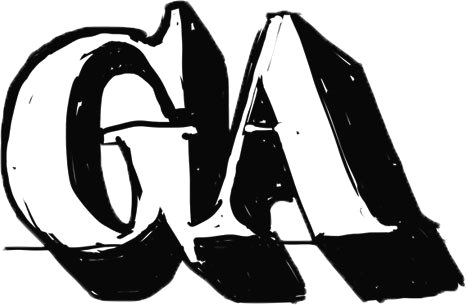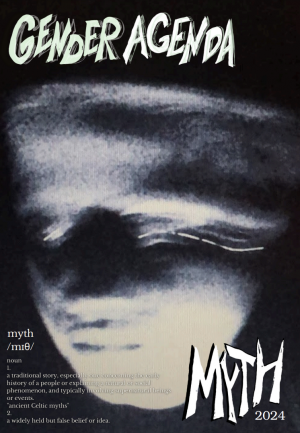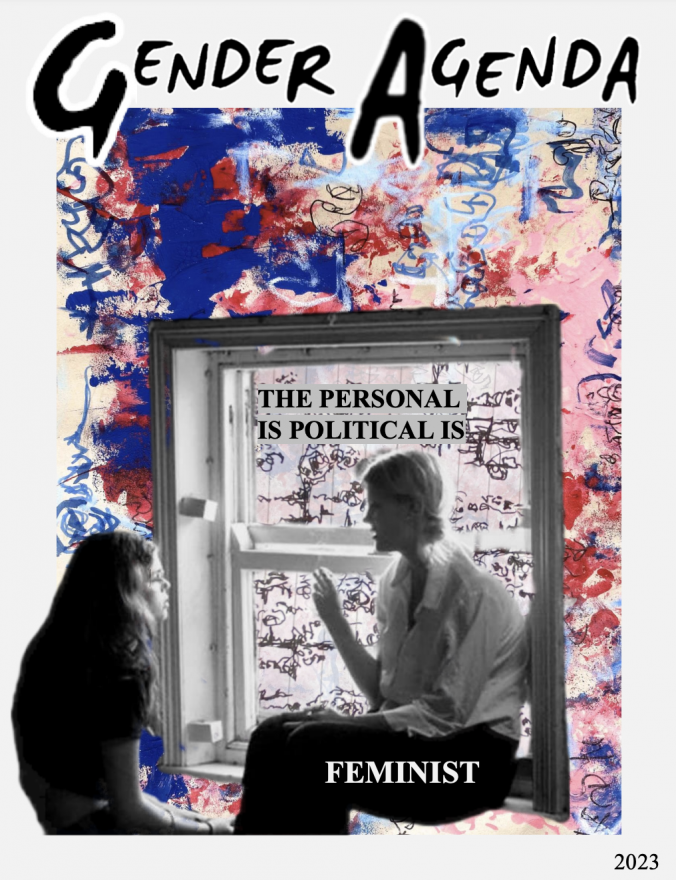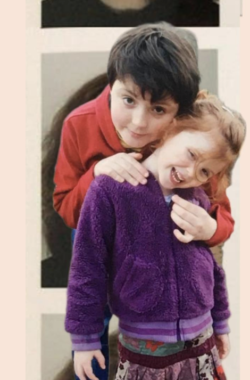By Solveig Palazzo
Introduction
Very often I am disappointed when I go to the cinema, because I had great expectations of the movie I was going to see. But last month when I saw the French movie Portrait of a Lady on Fire (the original title is Portrait de la Jeune Fille en Feu), I was astonished by this masterpiece. Moderate and simple, but tremendously vibrant, taking place in the 1770s but resolutely present, sensual and bashful at the same time, the film directed by Céline Sciamma is moving from the beginning to the end.
The plot
On an isolated island of Brittany in the end of the 18th century, an artist named Marianne is asked to make a portrait of a young woman called Heloise, who is about to get married to a Milanese Lord. But Heloise refuses this wedding, and hence, refused to be portrayed. Marianne will pretend that she is a companion lady in order to observe Heloise and paint her without her knowing it. But soon, confusion develops between the two women, and deeper feelings grow. From a frozen and cold atmosphere to thaw and burning, the frame evolves through different vibes without being caricatural.
A lesbian love story
The main theme that arises when we think of this movie is the subtle, tender and intense love story between Marianne and Heloise. It feels good to see a lesbian relationship onscreen without having the (outrageous) bias of the male gaze. Indeed, the director Céline Sciamma is a woman, and almost all the actors are women in the film. We can see men, whose lines are very limited, at symbolic moments of the movie: in the beginning and at the end, as if the story between these women was a fortunate parenthesis in this male dominated world. The only man that is explicitly mentioned is Heloise’s fiancé, but this consideration soon fades away, leaving space for the tension between the two main characters. The film is very aesthetic, and the shots are often very long, taking time to enhance the glances and the skins, the clothes and the landscapes, the difference between the confined atmosphere of the house and the unleashed and raging wild of the sea. Silence is everywhere, but everything is said. In a very simple way Sciamma shows us the emergence of tenderness and passion, without making it seem artificial.
Female gaze in arts
Arts are very present in the movie, starting with the main theme: a portrait. Marianne is an interesting character: indeed, she is an artist which was scarce at the time for a woman. She reveals that she had had naked models, adding to her rebellious personality. She also plays the piano, and an important discussion between Heloise and Marianne takes place when Marianne plays in front of Heloise. They are both transported by the music and they appropriate it. Vivaldi’s Four Seasons has a significant value in the movie where music is rare and infrequent. Furthermore, Marianne sees Heloise through her creative mind and is inspired by her.
Feminist matters
Many aspects of the film are related to feminist matters. Apart from Heloise and Marianne, a third character is very important: Sophie, the domestic. Indeed, Sophie is a young girl evolving separately and with the main characters. She is living in the house with them and raises the topic of abortion. The word is never clearly used, but several scenes show the processes women at this time had to go through in order to be free to dispose of their own bodies. In addition, the film clearly shows a community of women, the sisterhood that relates them to each other. In a magnificent scene, a group of women sing around a fire. A great feeling of empowerment is associated to this moment, almost sacred. Besides, the question of Heloise’s refused imposed wedding with a man she never met, not having the choice of the life she wants to live, and a form of resignation express various forms of domination women suffered from at the time, and still today in a comparative perspective.
A new representation of sexuality
Some sex scenes are indeed suggested in the movie. It has nothing to do with what we could have seen and probably being shocked in La Vie d’Adèle (male gaze again and projection of heterosexual fantasy on what lesbian sexuality is). The scenes show a form of lesbian sex which of course doesn’t mean to describe them all. But still it shows bodies and breathings and caresses with very relevant privacy. Once more we get out of the heteronormative sexual intercourses in cinema, and we get to see a representation of sexuality through the eyes and the camera of a woman. It makes a big difference.
Leading figures of the contemporary and feminist French cinema
It is not the first time I am amazed by Céline Sciamma’s movie. Indeed, in 2007 she had started to question other-than-straight orientation with her film Water Lilies (Naissance de pieuvres) in which one by the way Adèle Haenel, who plays Heloise in Portrait of a Lady on Fire, was already breath-taking. In 2011, Céline Sciamma interrogates gender identity and expression with Tomboy, the story of a ten-year-old girl who says to everyone in her new neighbourhood that she is a boy. Sciamma is one of the most important film-maker nowadays in France, enlightening fundamental issues on gender, sexuality and feminism. The two main actresses in Portrait of a Lady on Fire are Noémie Merlant and Adèle Haenel. They embody a new cinema, empowering and challenging norms, which is crucial now more than ever.



